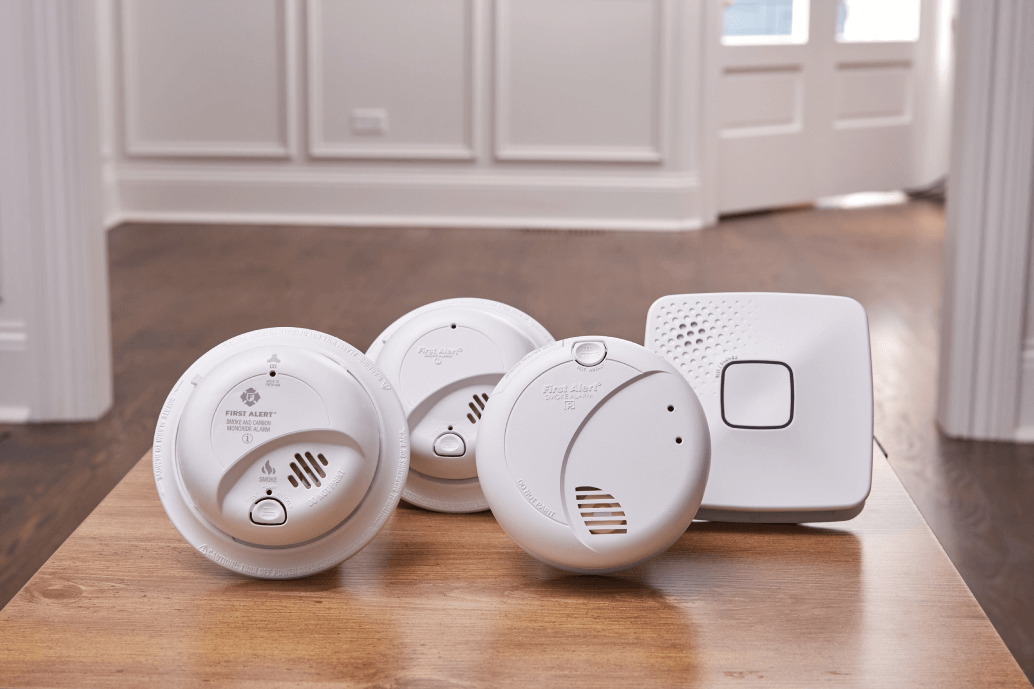Arun L.
TVWBB All-Star
It seems like smoke detectors either come:
* With a sealed battery, and the entire unit has to be replaced after 10 years.
OR
* With a replaceable battery that has to be changed every 6 months - 1 year.
Maybe I'm not searching for the right things.
Are there smoke detectors that are:
* Require no hardwiring. They can just stick.
* Have a replaceable battery that can be replaced after 10 years?
I need 4 smoke detectors, and 1 combination smoke and carbon monoxide detector.
* With a sealed battery, and the entire unit has to be replaced after 10 years.
OR
* With a replaceable battery that has to be changed every 6 months - 1 year.
Maybe I'm not searching for the right things.
Are there smoke detectors that are:
* Require no hardwiring. They can just stick.
* Have a replaceable battery that can be replaced after 10 years?
I need 4 smoke detectors, and 1 combination smoke and carbon monoxide detector.

